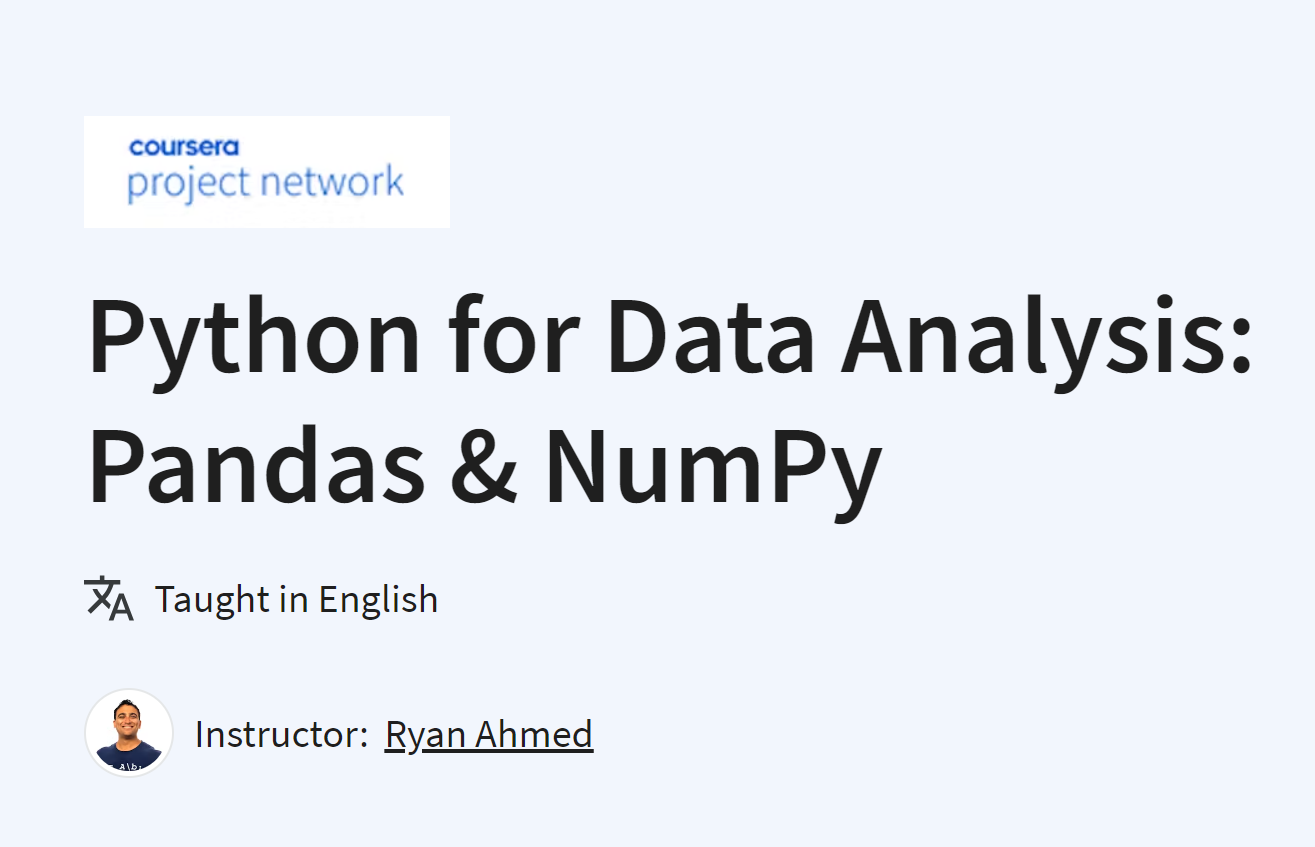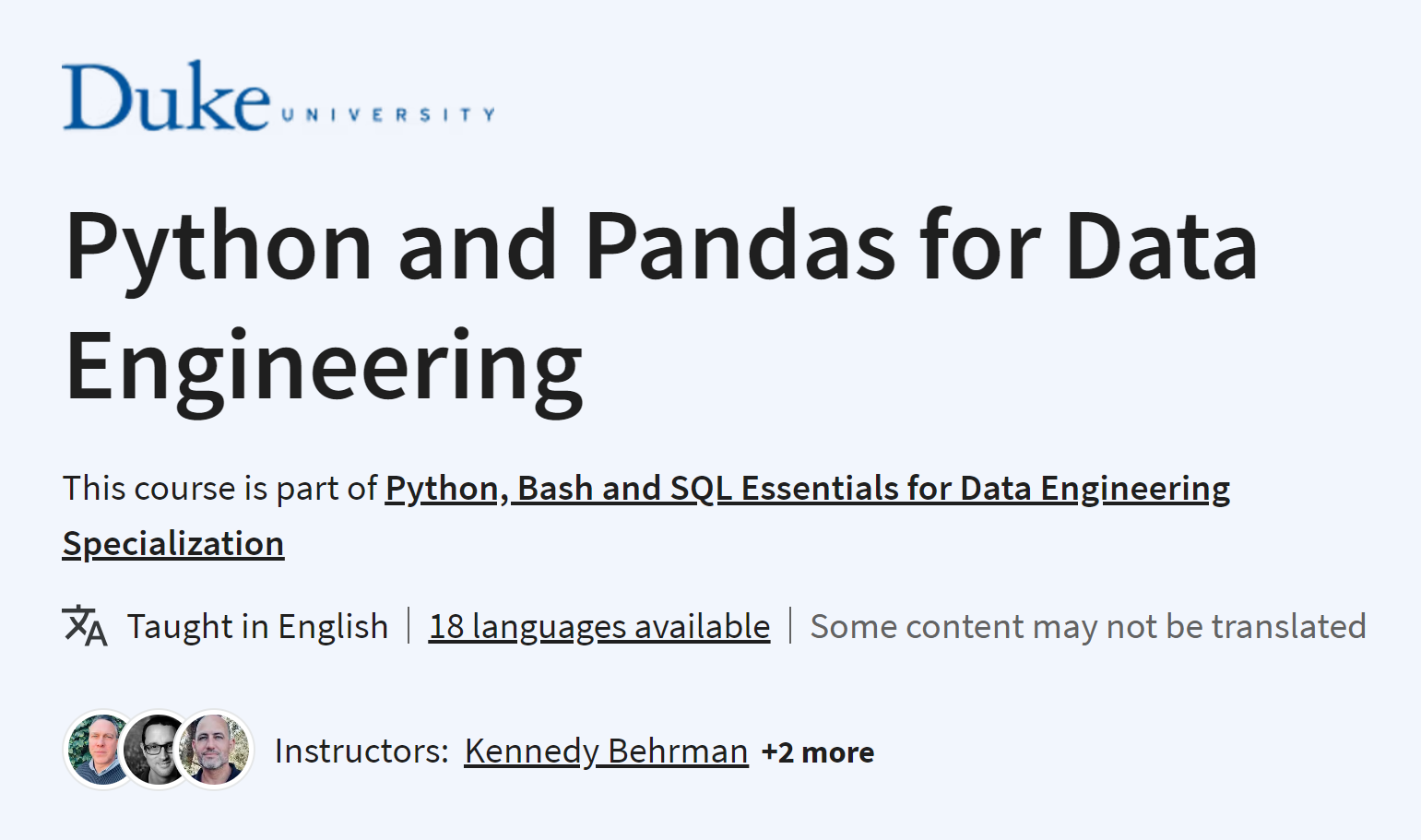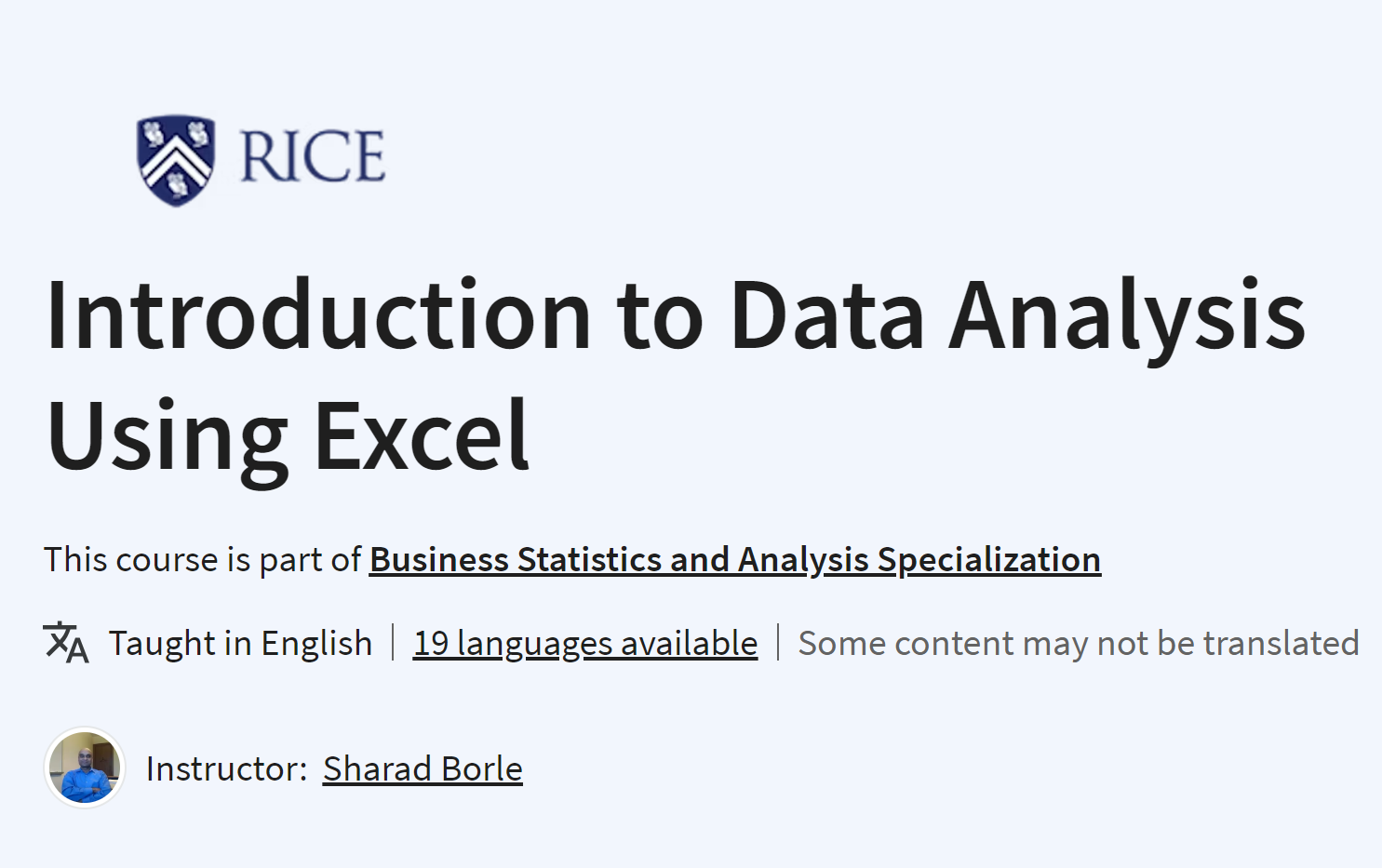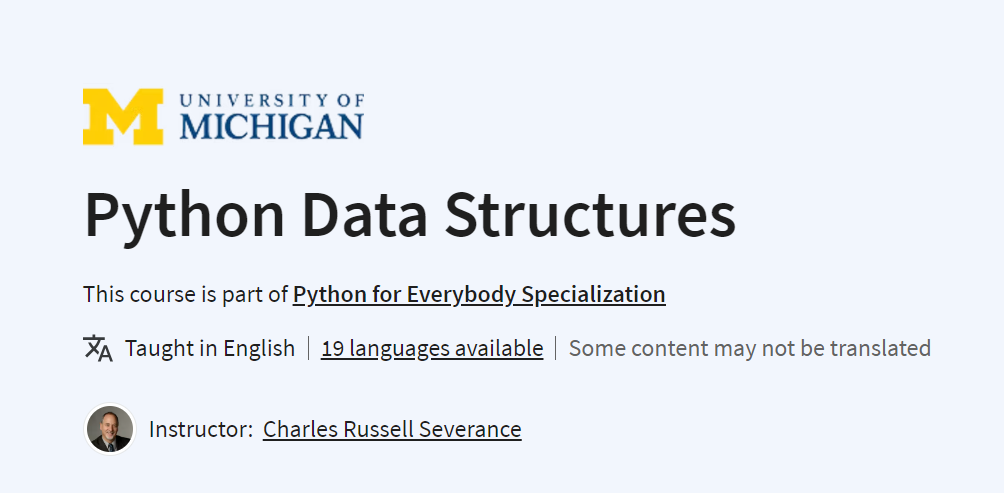What you'll learn
Discuss the evolution of security based on historical events.
List various types of malicious software.
Describe key cybersecurity concepts including the CIA Triad, access management, incident response and common cybersecurity best practices.
Identify key cybersecurity tools which include the following: firewall, anti-virus, cryptography, penetration testing and digital forensics.










.jpg)


.PNG)



.png)
.png)





.png)


%20Specialization.PNG)


.png)

.png)




.png)


















.png)




















